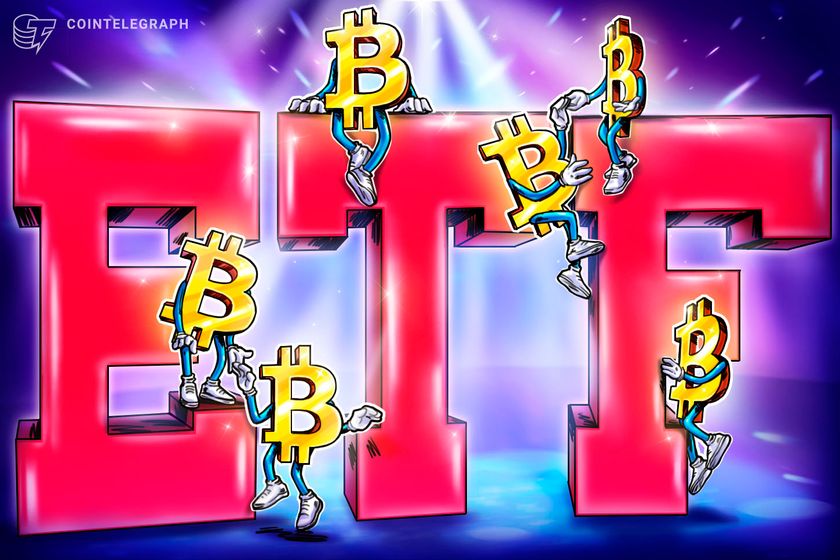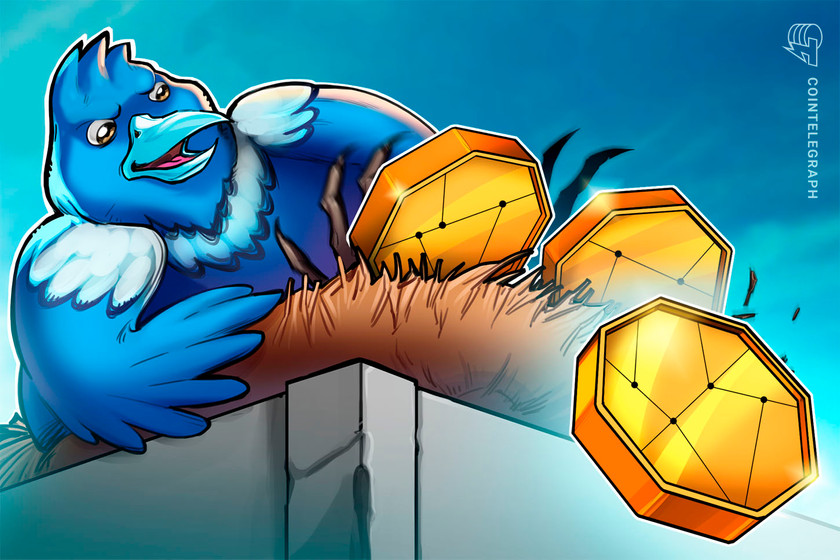Bitcoin ETFs, user experience will drive adoption — eToro CEO


Yoni Assia told Cointelegraph that products like Bitcoin ETFs align with institutions’ existing modes of operation, making it easier for them to enter the market.
While grassroots cryptocurrency adoption went stale after last year’s implosions in the industry, trading platform eToro’s chief executive believes that the appeal of exchange-traded funds (ETFs) for institutions and ease of investing through various platforms for non-professionals could further drive Bitcoin (BTC) adoption.
EToro CEO Yoni Assia told Cointelegraph at the recent Abu Dhabi Finance Week that institutions typically have rigid systems and prefer not to build new infrastructure for each asset class.
“[Bitcoin] ETFs could be a significant driver of adoption [because] institutions work in a very rigid way. […] They’re looking for the same infrastructure, and ETF, in many cases, is that infrastructure to enable institutional demand to those who don’t want to self-custody.”
Assia added that the availability of a Bitcoin ETF would likely bolster Bitcoin’s legitimacy in the eyes of institutional investors and, in turn, could support the asset’s price, as it represents a familiar and institutionalized form of investment.


Bitcoin surpassed $35,000 in October, a price not seen since May 2021, partly due to excitement around spot ETF approvals.
Related: Bitcoin ETF will drive 165% BTC price gain in 2024 — Standard Chartered
Meanwhile, according to Assia, the ease of investing in Bitcoin through user-friendly platforms and its integrations into diverse investment portfolios are crucial to onboarding more retail users into the market.














